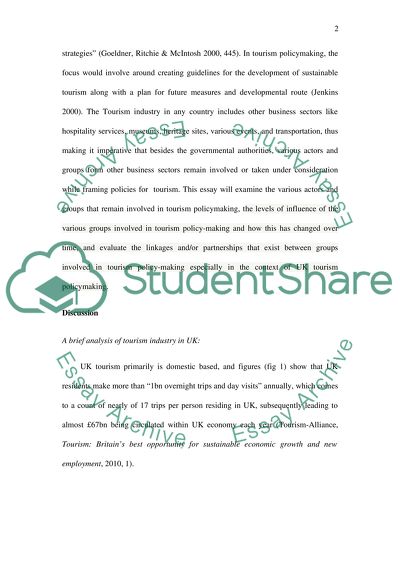Cite this document
(“The roles and influences of the various actors and groups involved in Essay”, n.d.)
Retrieved from https://studentshare.org/tourism/1433759-a
Retrieved from https://studentshare.org/tourism/1433759-a
(The Roles and Influences of the Various Actors and Groups Involved in Essay)
https://studentshare.org/tourism/1433759-a.
https://studentshare.org/tourism/1433759-a.
“The Roles and Influences of the Various Actors and Groups Involved in Essay”, n.d. https://studentshare.org/tourism/1433759-a.


